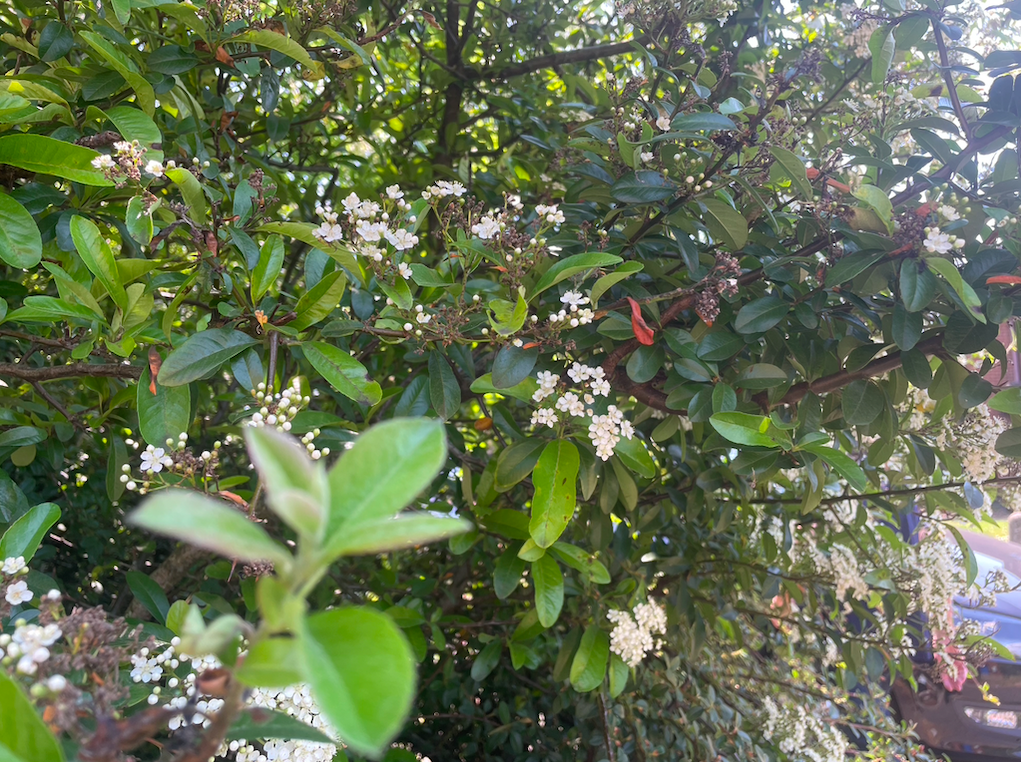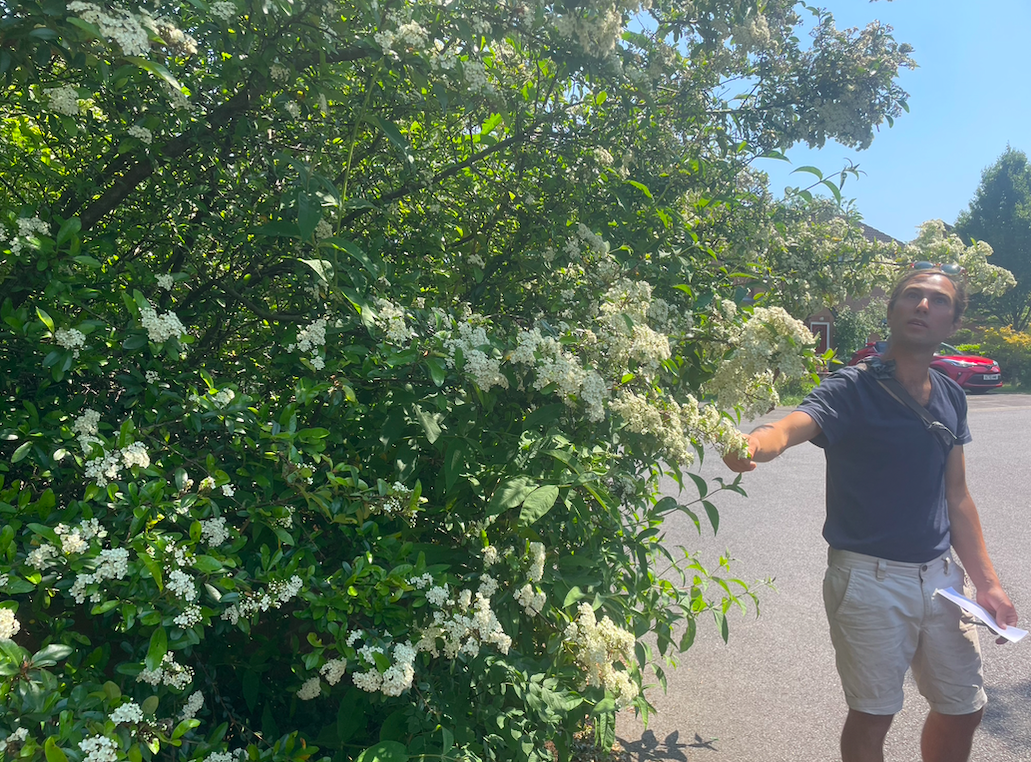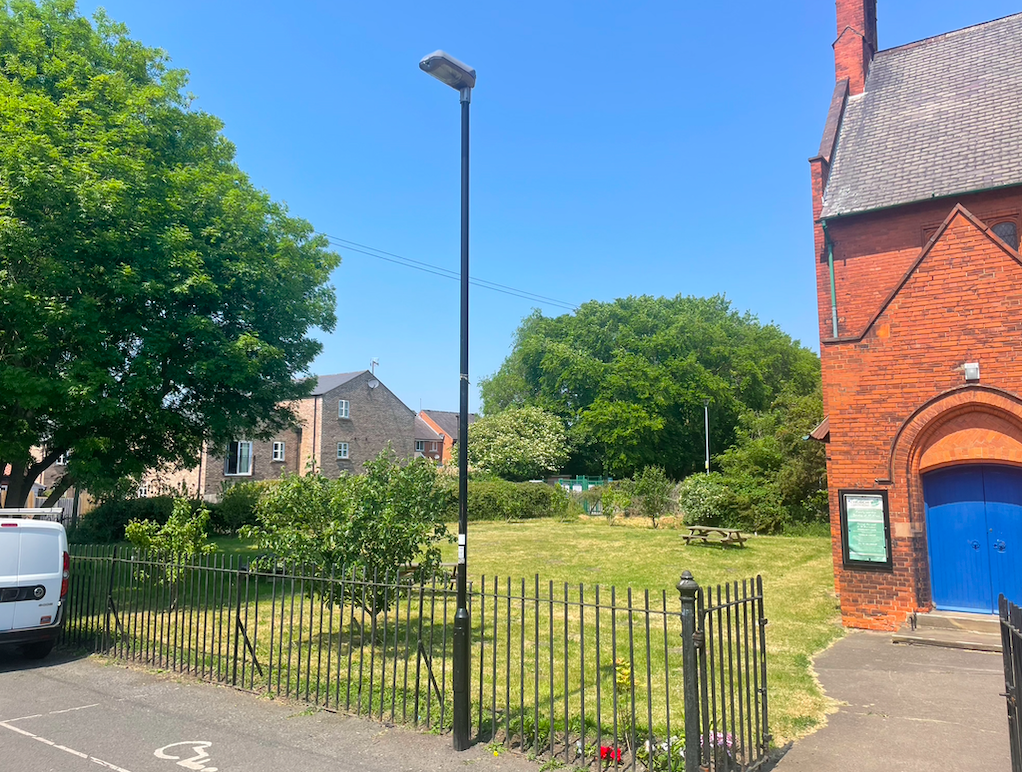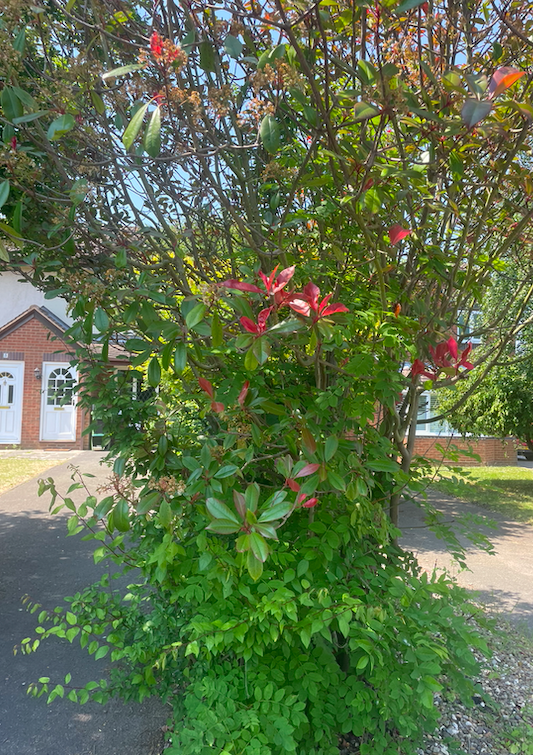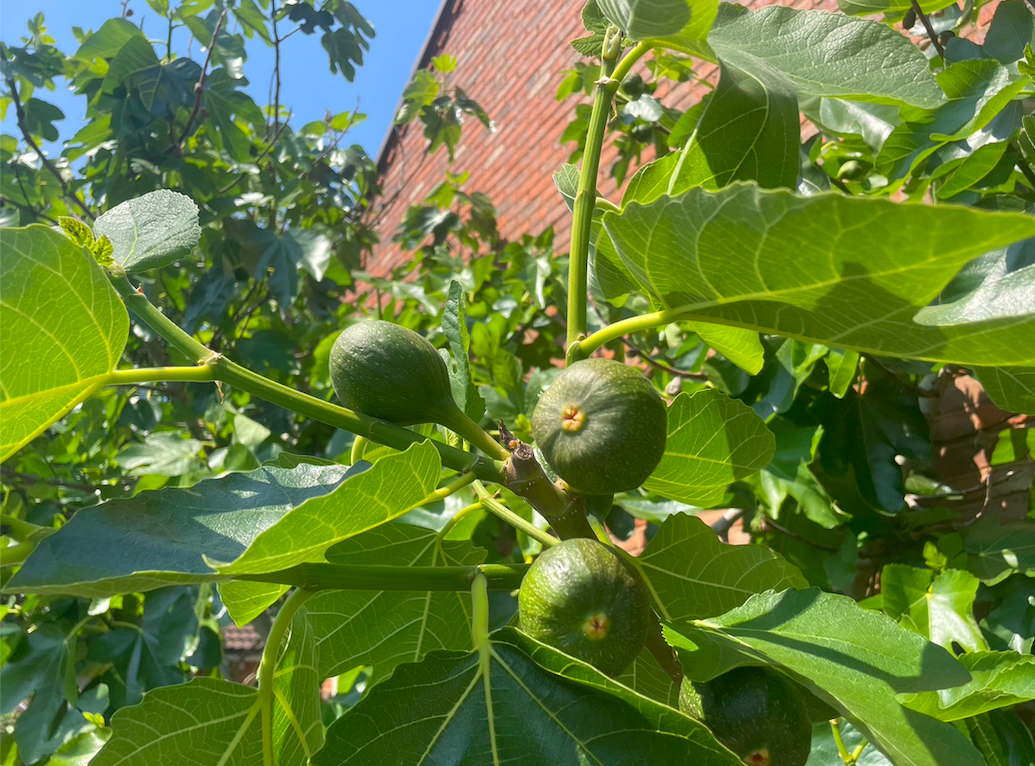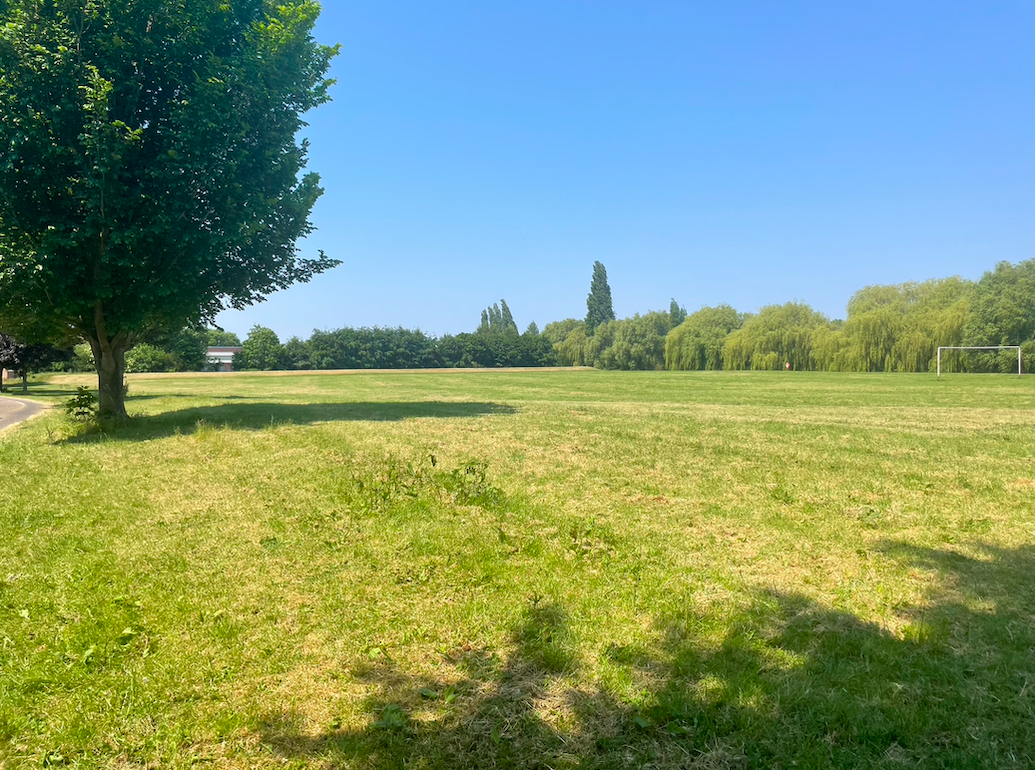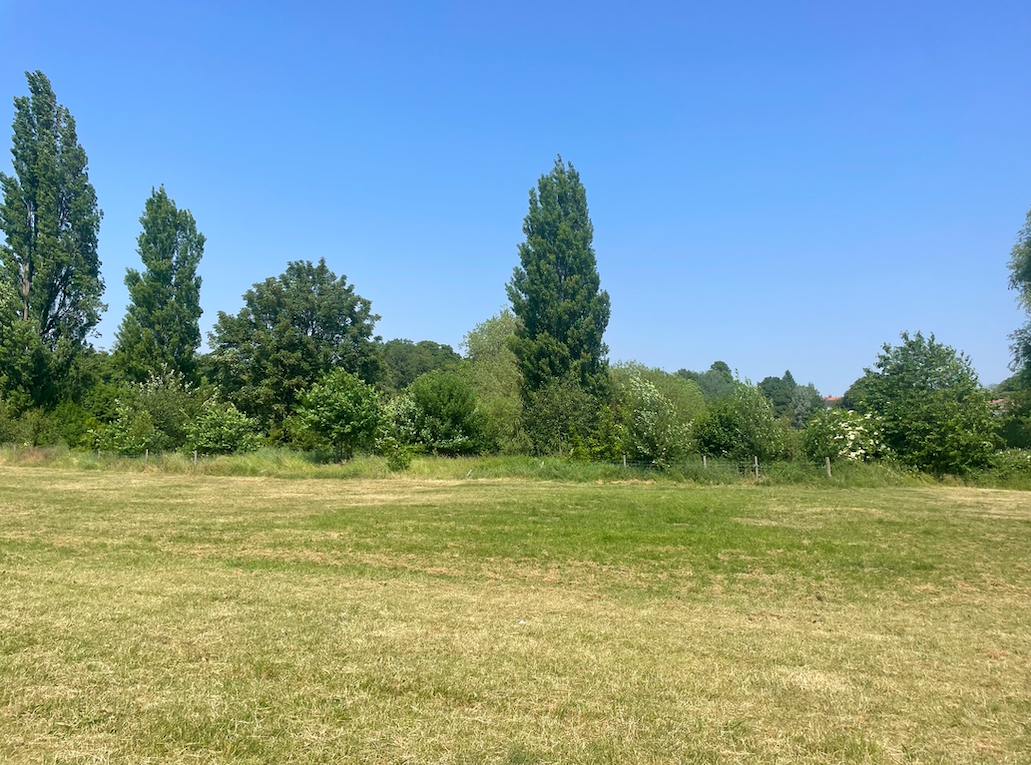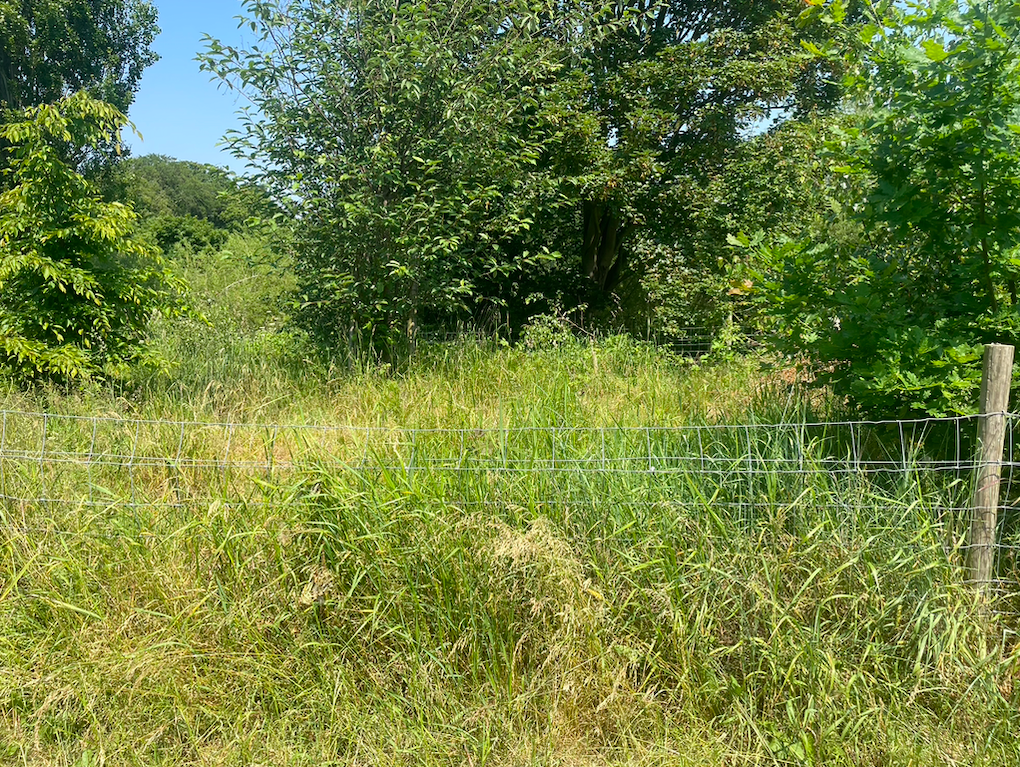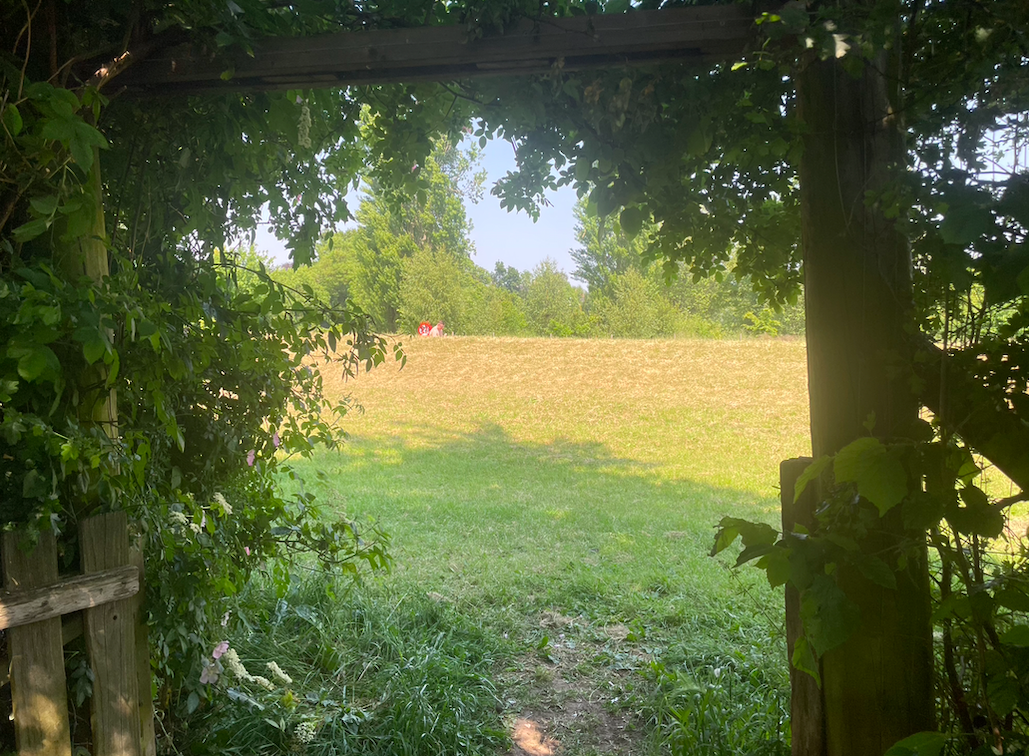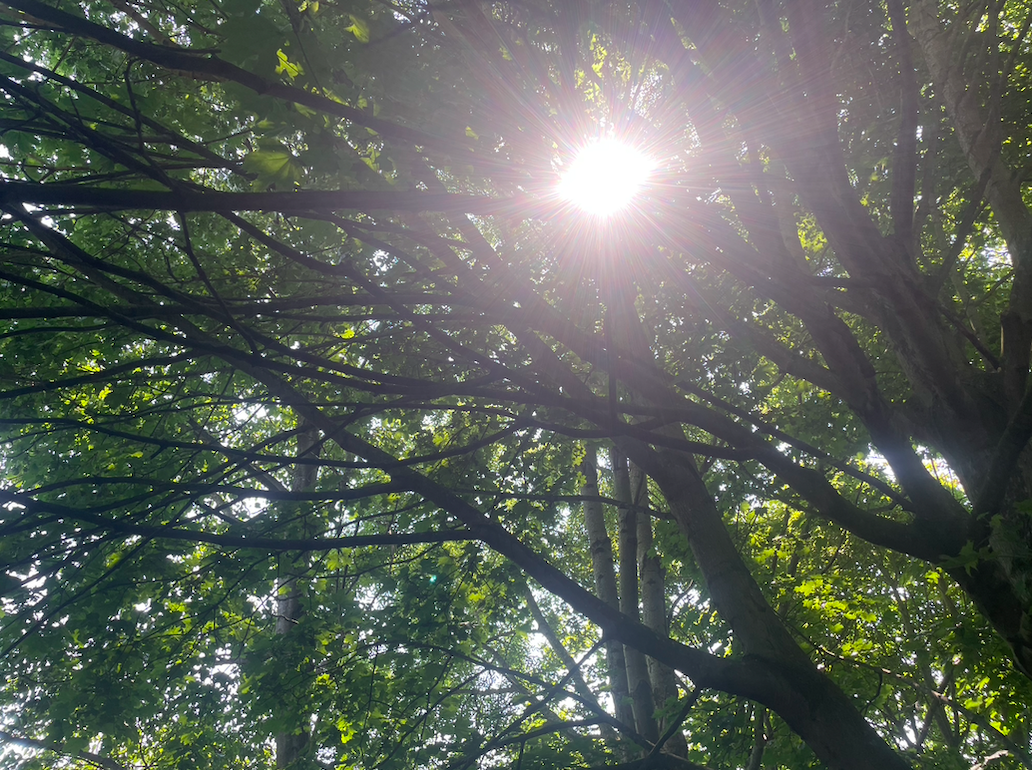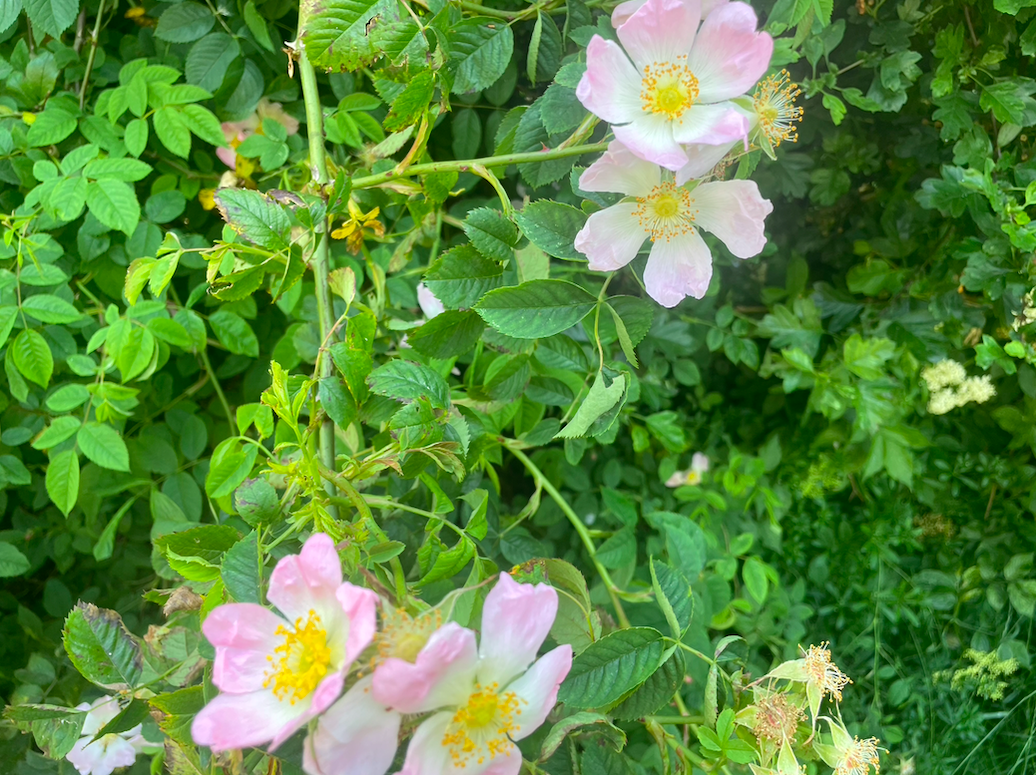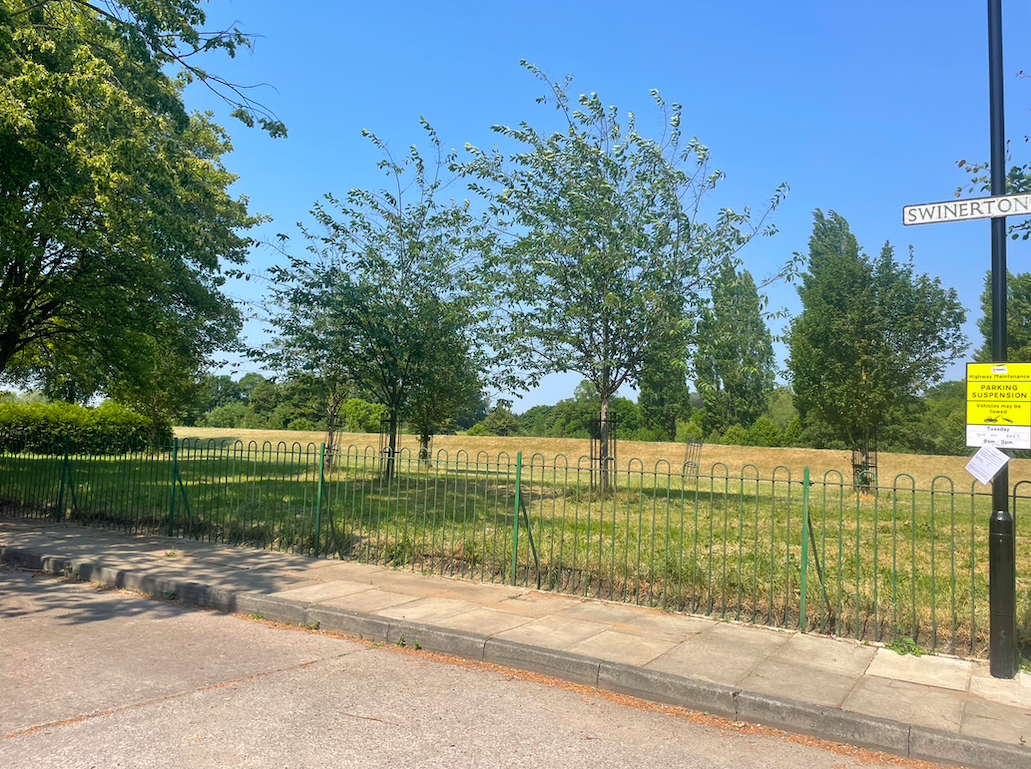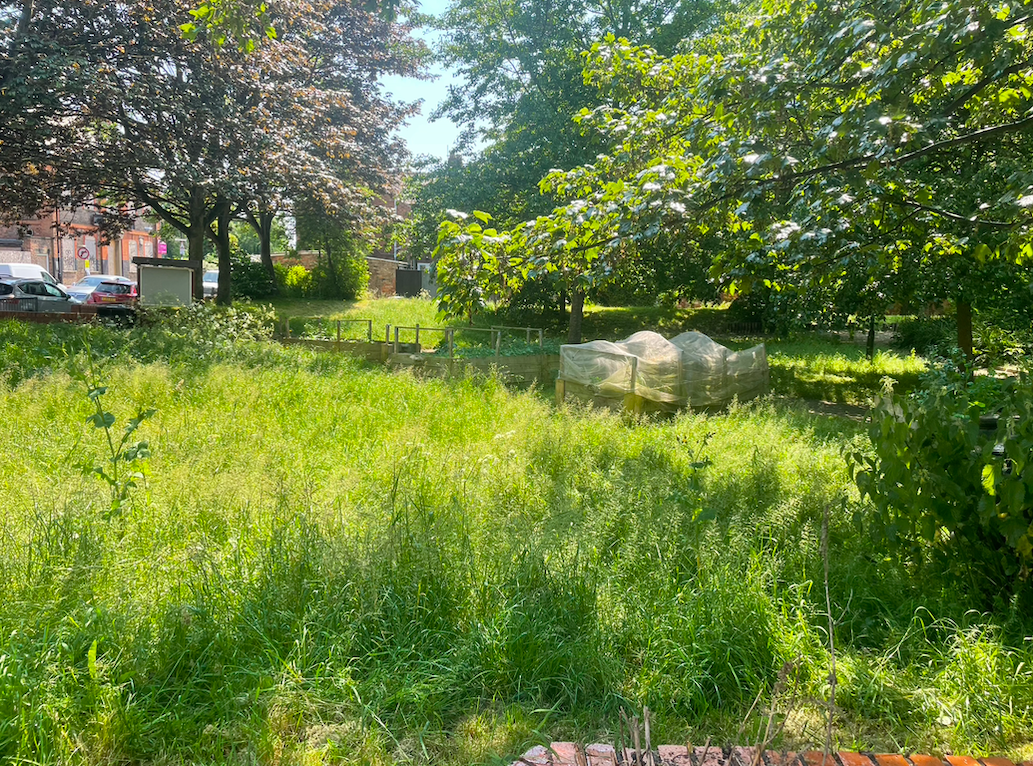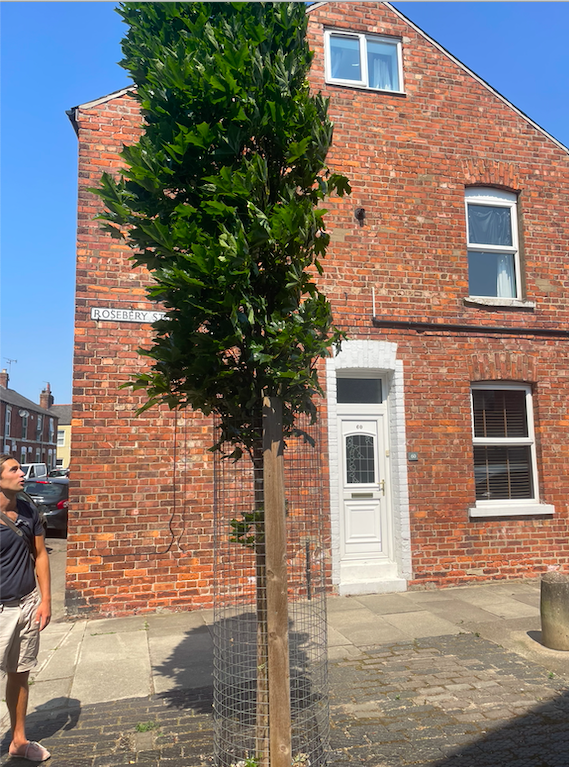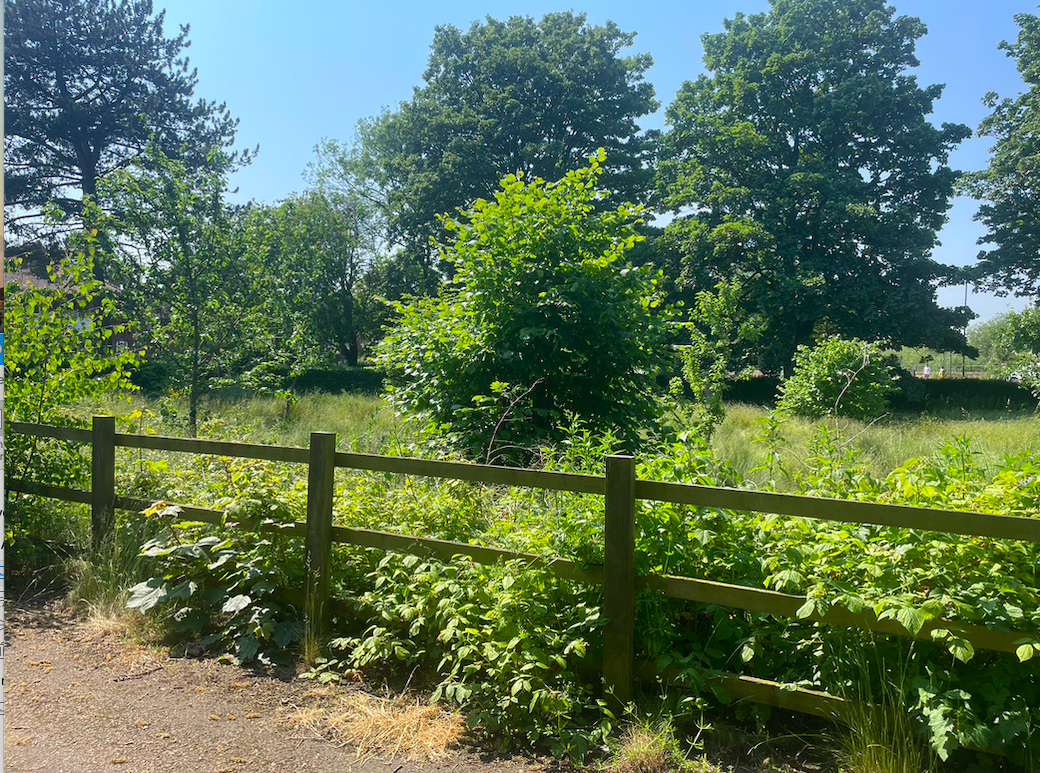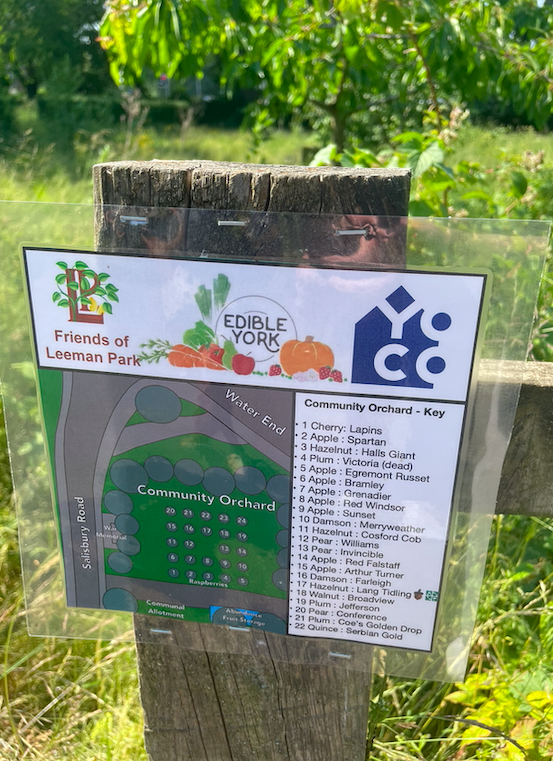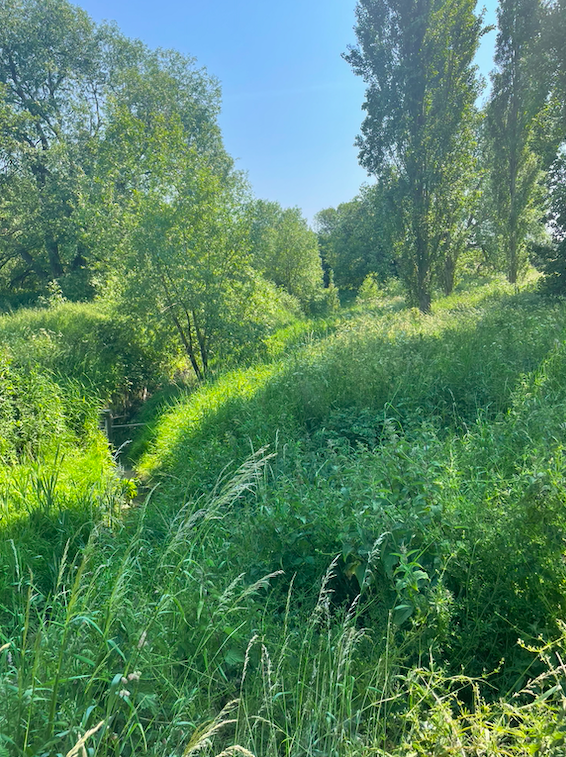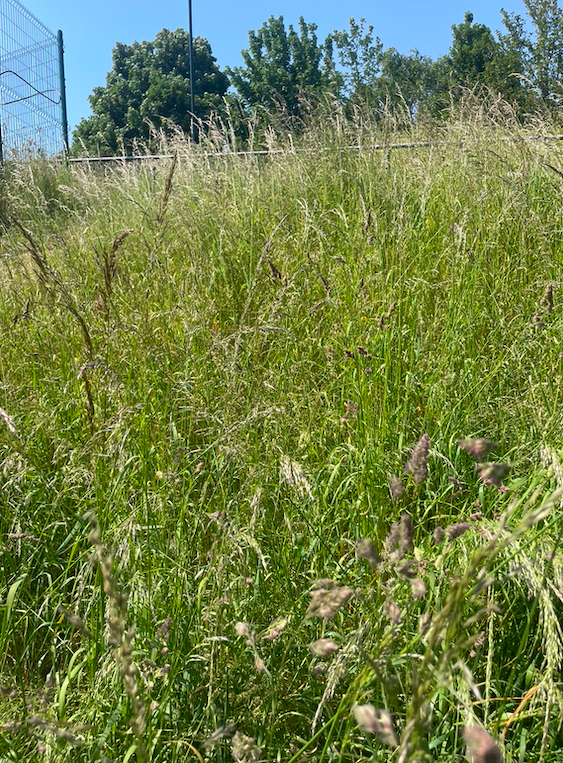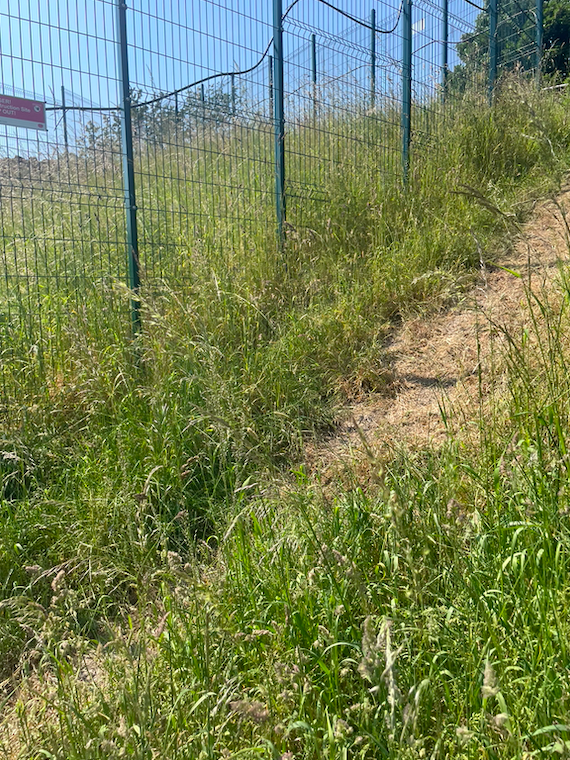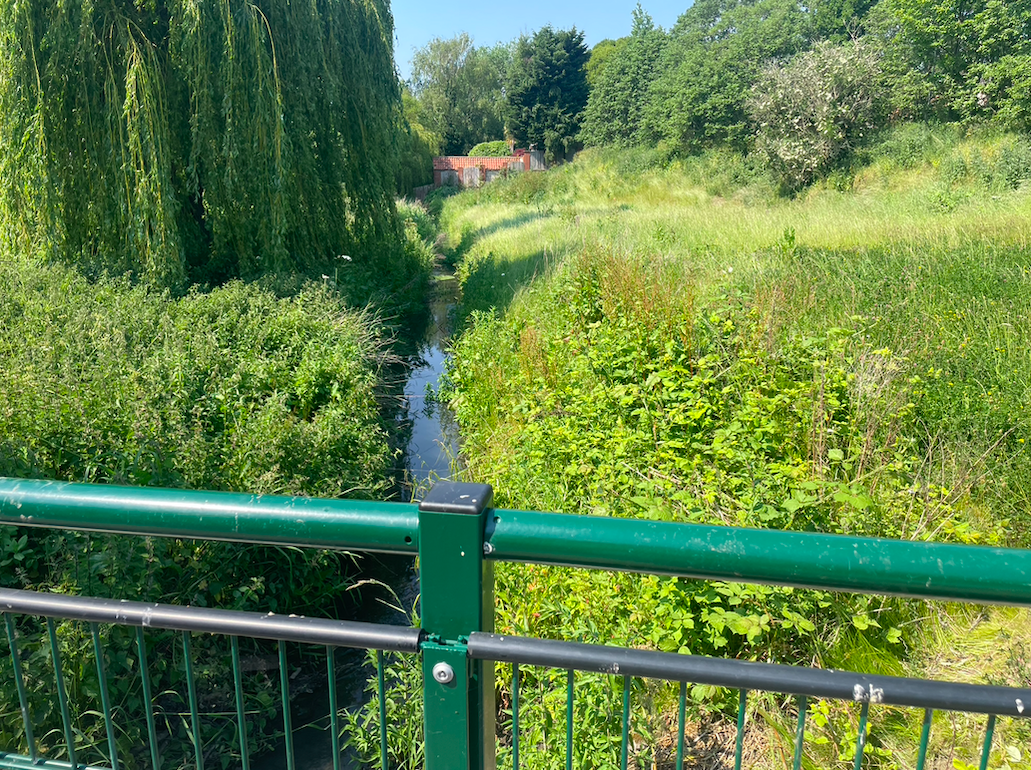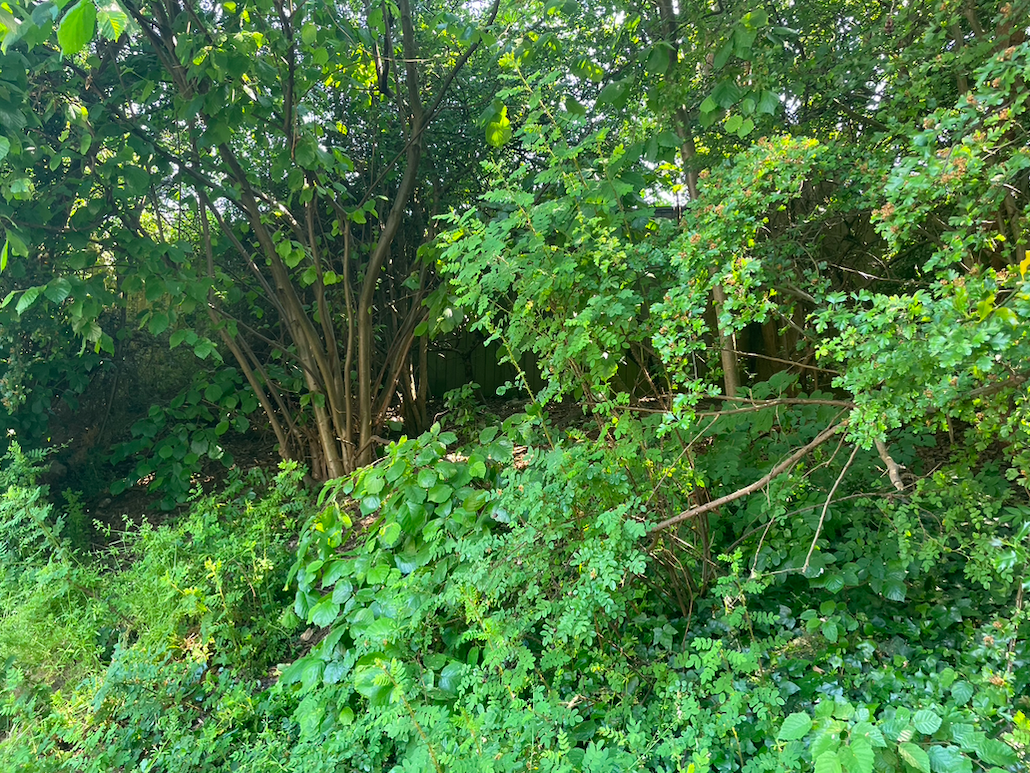Wild Streets
On Saturday 10th June - as part of our June Open Monthly Meeting - Jai Sandhu led a walk around the Leeman Road area. We’ve captured the walk through a series of photographs.
Leeman Road has a number of interlinked green areas, from Leeman Park, which includes an area left to wilding, a community orchard and community growing areas managed by Friends of Leeman Park to Millennium Green, which is being affected by the new York Central infrastructure.
Throughout the walk Jai returned to a number of themes which offer useful reframings of how wildness is often conceived:
Cities are ecologically diverse, the emergent outcome of many minds and hands – how can we make this more so?
The city of York is more ecologically diverse that the surrounding farm land. People make decisions about what happens in their gardens, yards and pots and that contributes to ecological diversity.
Jai made a plea for reducing the control over publicly managed green spaces – there are real benefits that come from not being authoritarian, the benefits of many minds and hands.
As part of the walk we noticed different trees we saw along the way: Apple, Ash, Elder, Hawthorn, Pear, Silver Birch, Maple, Cherry, Red Robin, Weeping Willow, Beech, Aspen, Grey Poplar, Hornbeam.
Less aesthetics, more use – approach urban green spaces with a more rural ethos
In cities trees and green space is treated as being static, almost sculptural. In the countryside trees and land are treated as productive and dynamic – constantly in a state of change. What might happen if we apply a rural ethos to cities, and allowed a more dynamic, but also productive, landscape?
An example Jai gave was how growth is approached on the side of railways. This is often just chopped down as if it is a nuisance rather than being farmed for woodchip.
This also came up when we were looking down a terrace street, Jai imagined espalier fruit trees all the way down, ‘you lean out of your window, pick a pear and a goldfinch comes in”. To "imagine reaching out your window to pick a cherry, and then a goldfinch beats you to it’. This could work well as the brick will absorb heat all day and release it at night. Planting trees in streets is also a way of cooling in our climate changed summers.
York Central seems locked in by railways and roads – but railways and rivers are green corridors
York Central is surrounded by railways and next to the Ouse. The railway lines and the rivers could be seen as green corridors coming into the site and green spaces in York Central. Thinking of the railways and rivers in this way could influence how the green space in York Central are imagined.
Jai refects:
This was a really enjoyable and thoughtful walk around, with great conversation. We did plenty of squinting at spaces and reimagining them greener, wilder and exploring what the potential might be if we we able to start from a blank slate - as in the adjacent York Central site. In doing so we uncovered what trees and green spaces mean to and symbolise in different people’s stories, and just how much improvement in quality of life their proximity can bring. The potential to make York Central a great new part of the city by embedding greenery and it's the social and practical value is huge. To do this, it must be embedded from the outset of the masterplan rather than tacking it on at the end - not thought of as green spaces between the buildings, but to treat trees and plants as natural infrastructure every bit as essential as the concrete services they often outperform. The opportunity defined by the masterplan is one which will become set in stone for generations and centuries to come. Let’s make the most of it now, and listen to the dreams of the citizens and what it can offer them.


